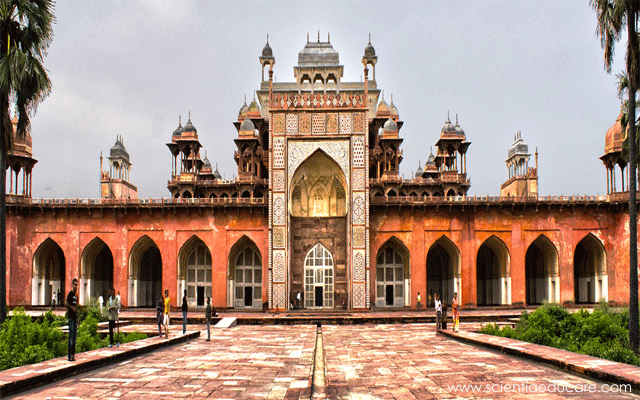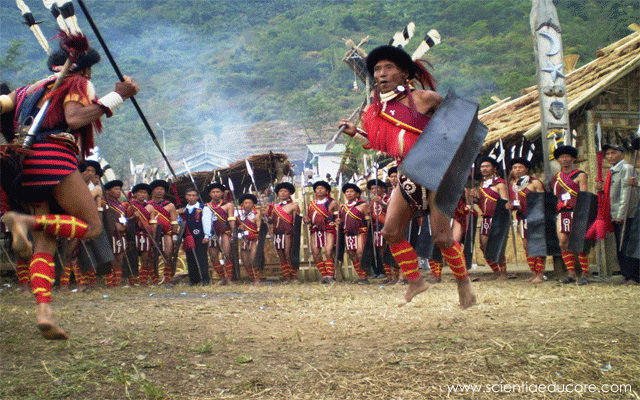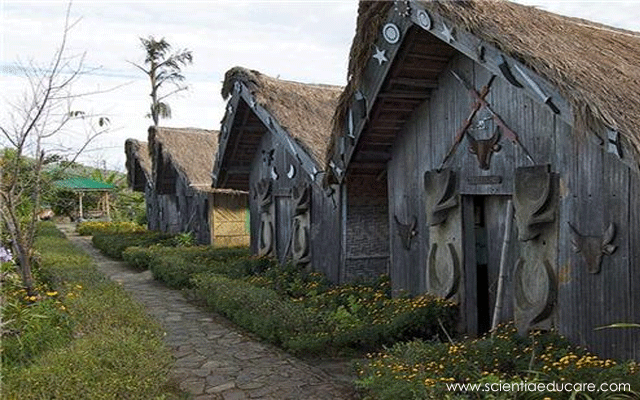
Akbar’s Tomb, Agra
Known to be the final resting place of the Great Mughal emperor Akbar was constructed during 1605 and was completed in 1613. The construction was started by Akbar himself and was finished by his son Jahangir who succeeded him as the Mughal Emperor. The design is very much similar to the Buland Darwaza, which is the main entrance of Fatehpur Sikri.
Akbar was the Mughal emperor from 1556 till his death in 1605. According to the tradition of Tartary, one could construct his own tomb during his lifetime. This custom was religiously followed by the Mughals. Akbar had chosen a suitable site at Sikandra, an area close to Agra city named after Sikandar Lodhi. His son Jehangir completed the monument after Akbar’s death, building the topmost storey using white marble.
The tomb, shaped like a truncated pyramid, is a five-storey building resting on a high stone platform. It is located right in the center of a square piece of land with four causeways extending from it in four directions. The magnificent entrance, the fine patterns, the jali work, all are inspired from Islamic style, while the calligraphy and the layout of the garden famously known as Charbagh speaks of the Persian style. The use of canopies, airy pavilions in tiers, and the absence of a dome show influence of the local architecture.
The south gate leads to the Akbar tomb through the garden. Floral and geometrical arabesque embellishments in white decorate the gateway, along with splendidly adorned calligraphy. The corners of the monument are beautified with minarets of white marble. The four causeways and gardens lead to the main tomb. Arcaded verandas with cloisters and several cubicles are there in all the square stories of the tomb. Some of the cubicles in the second storey have pyramidal roofs, while others are adorned with cupolas. In the third storey there is a square room in each segment. The top storey has an open square court encircled with slender arches and piers with delicate marble screens as walls. The false cenotaph of the emperor, adorned with arabesque and floral pattern carvings, is laid on a square platform placed at the center of the courtyard. The entire storey is built of white marble.
The actual cenotaph is laid in the basement in a simple chamber paved with stone, where a vestibule decorated with floresque, arabesque and calligraphic designs leads to the Akbar’s tomb. The portico in front of the cenotaph is covered with beautiful stucco paintings. The place also entombs graves of Aram Banu and Shukru-n-Nisa (daughters of Akbar), Zebu-n-Nisa (daughter of Aurangzeb) and Sulaiman Shikoh (son of Shah Alam) in different chambers.













